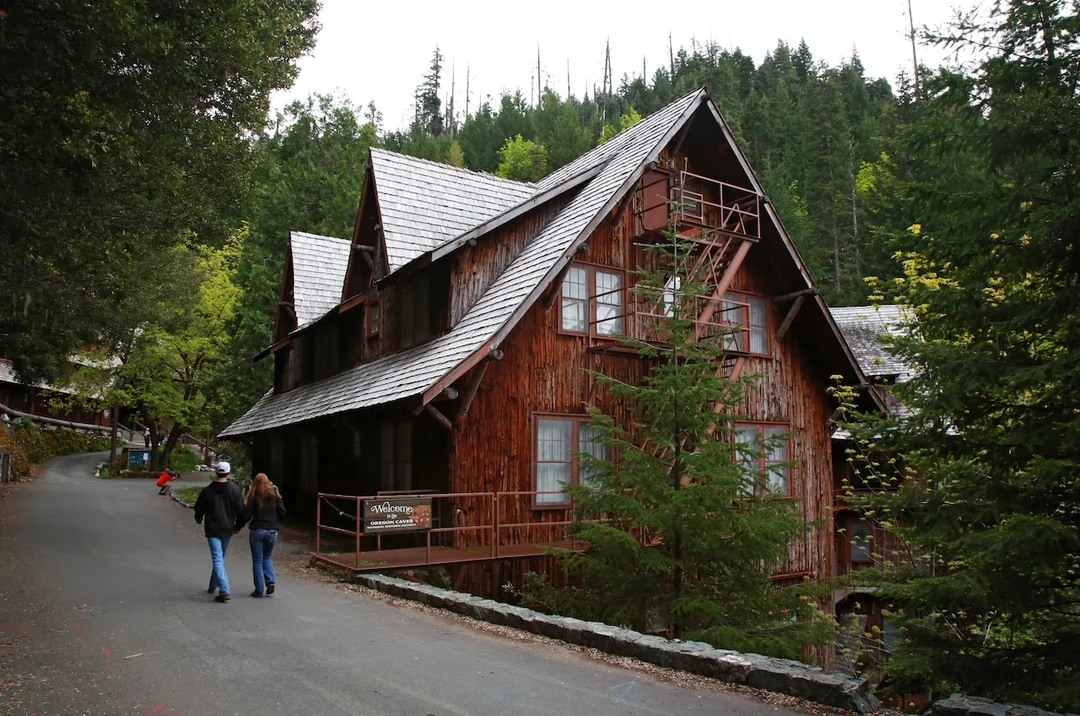
Rivers at Risk: The Danger Facing Western North Carolina’s Historic Waters
Two rivers in Western North Carolina, the French Broad and Swannanoa, have recently gained notoriety as part of America’s 11 most endangered historic places. This designation, announced by the National Trust for Historic Preservation, signals a critical moment for these waterways, which have already suffered devastating impacts from Hurricane Helene in 2024.
The National Trust has been highlighting such endangered sites since 1988, and this year’s list underscores the varying threats—natural disasters, neglect, and lack of awareness—affecting significant cultural and environmental landscapes across the United States. "Each site on this year’s list has inspired passionate supporters to work together to save these cherished landmarks and repurpose them for the public," noted NTHP President Carol Quillen, emphasizing the importance of community involvement in preservation efforts.

The aftermath of Tropical Storm Helene, which caused historic flooding and resulted in over $60 billion in damages, has left many communities reeling and their ecosystems compromised. The eastern hellbender, a species of salamander native to these rivers, is now facing potential listing as an endangered species, highlighting the broader ecological implications of the storm's destruction.
Organizations like MountainTrue and Riverlink have mobilized to address the devastation. They are actively engaging volunteers to remove debris, rebuilding riverbanks, and advocating for sustainable practices to protect these vital ecosystems. Despite these challenges, there is some optimism. In a recent report, MountainTrue’s French Broad Riverkeeper Hartwell Carson noted encouraging pollution levels, but recovery from the storm’s impact is likely to take years.
Moreover, the inclusion of these rivers on the endangered list underscores a broader narrative: many of America’s historic and natural sites are increasingly vulnerable due to climate change and human impact. The report from the North Carolina Department of Environmental Quality indicated that the French Broad River basin once hosted a diverse ecosystem, now threatened by anthropogenic alterations.

As we reflect on the implications of these endangered sites, it's crucial to engage in discussions about conservation. Not just as custodians of historical landmarks, but as stewards of the natural environment that supports them. Can communities rise to the challenge of preserving both their history and their ecosystems?
Please share your thoughts and experiences. What do you think can be done to protect these endangered sites and the stories they hold? Your comments are welcome!